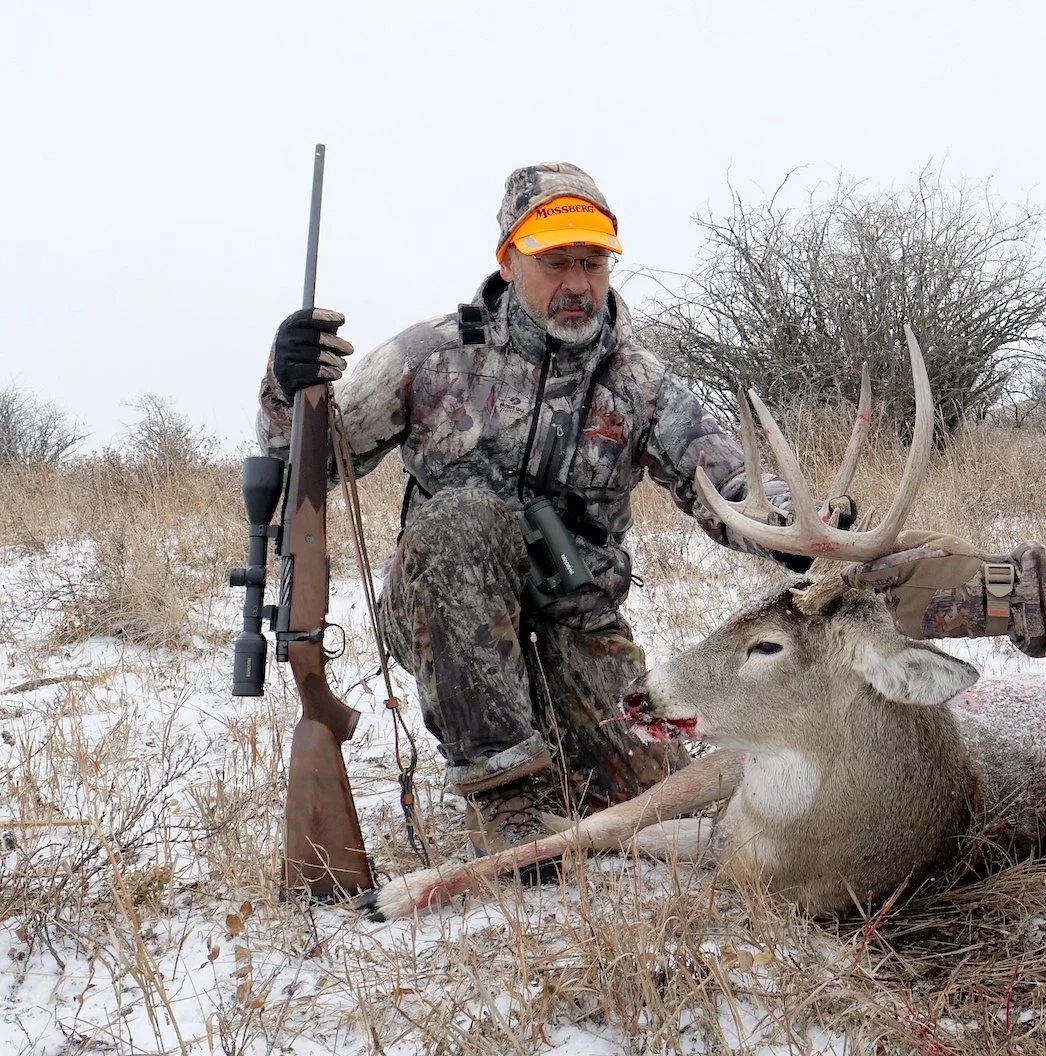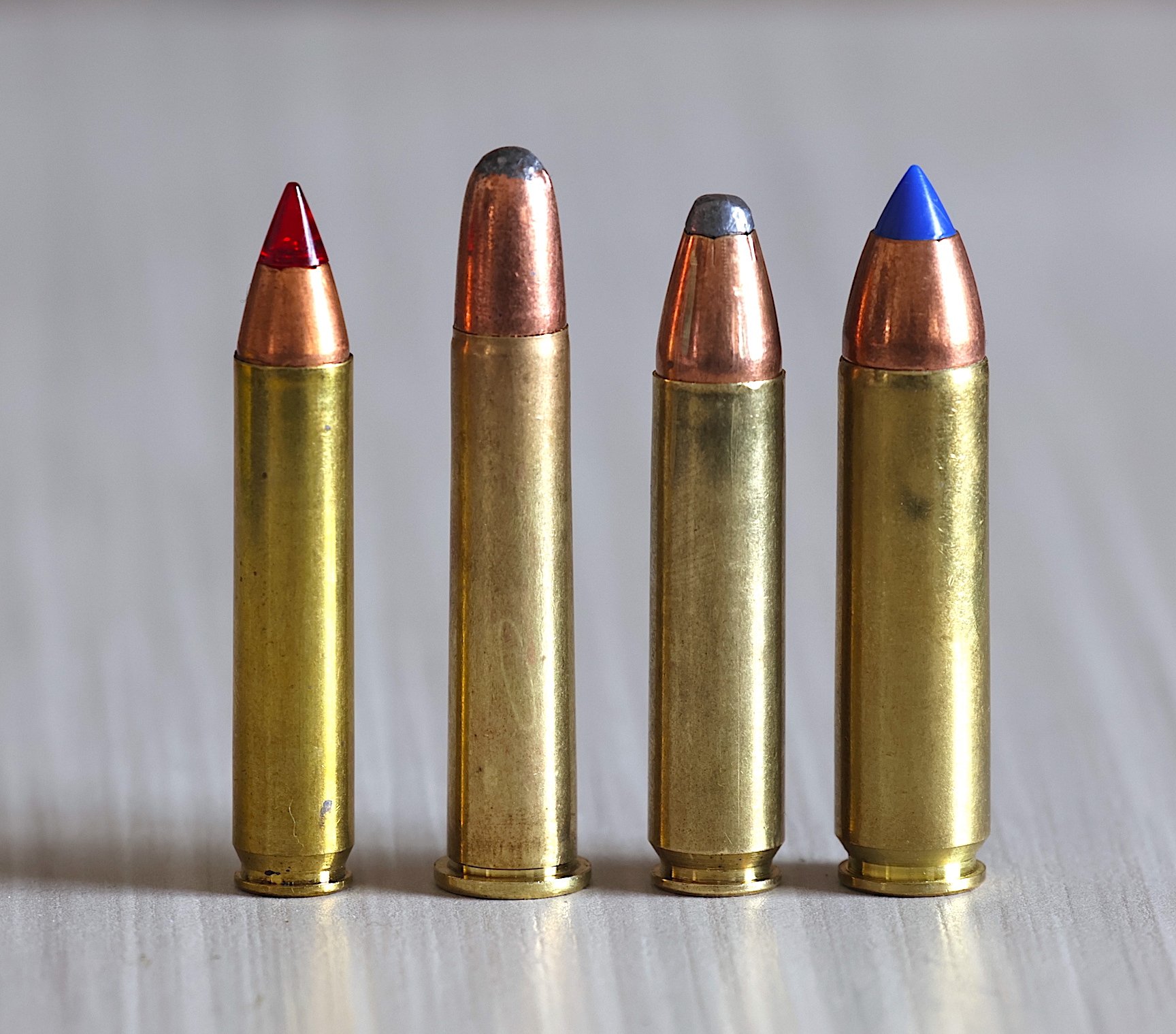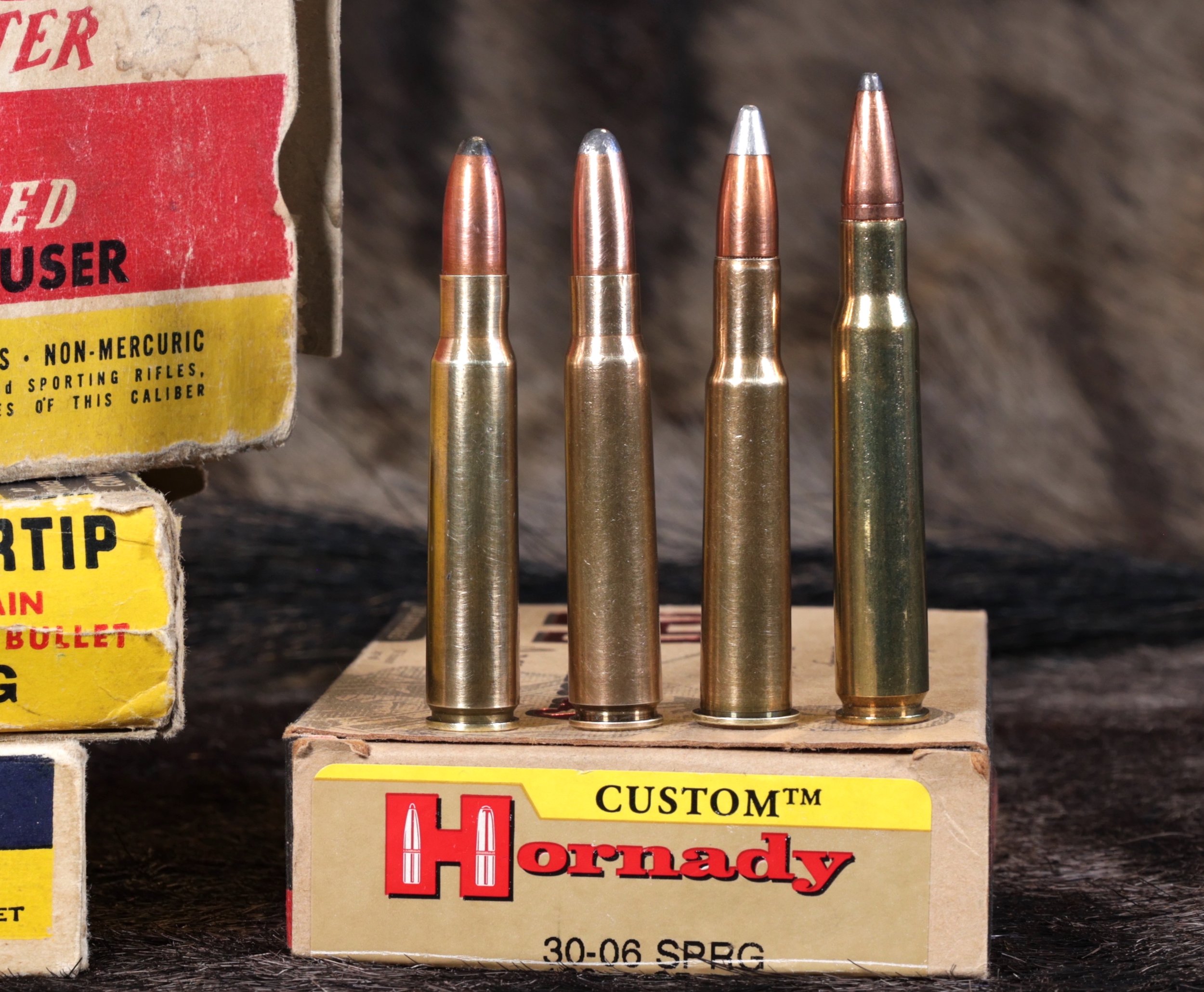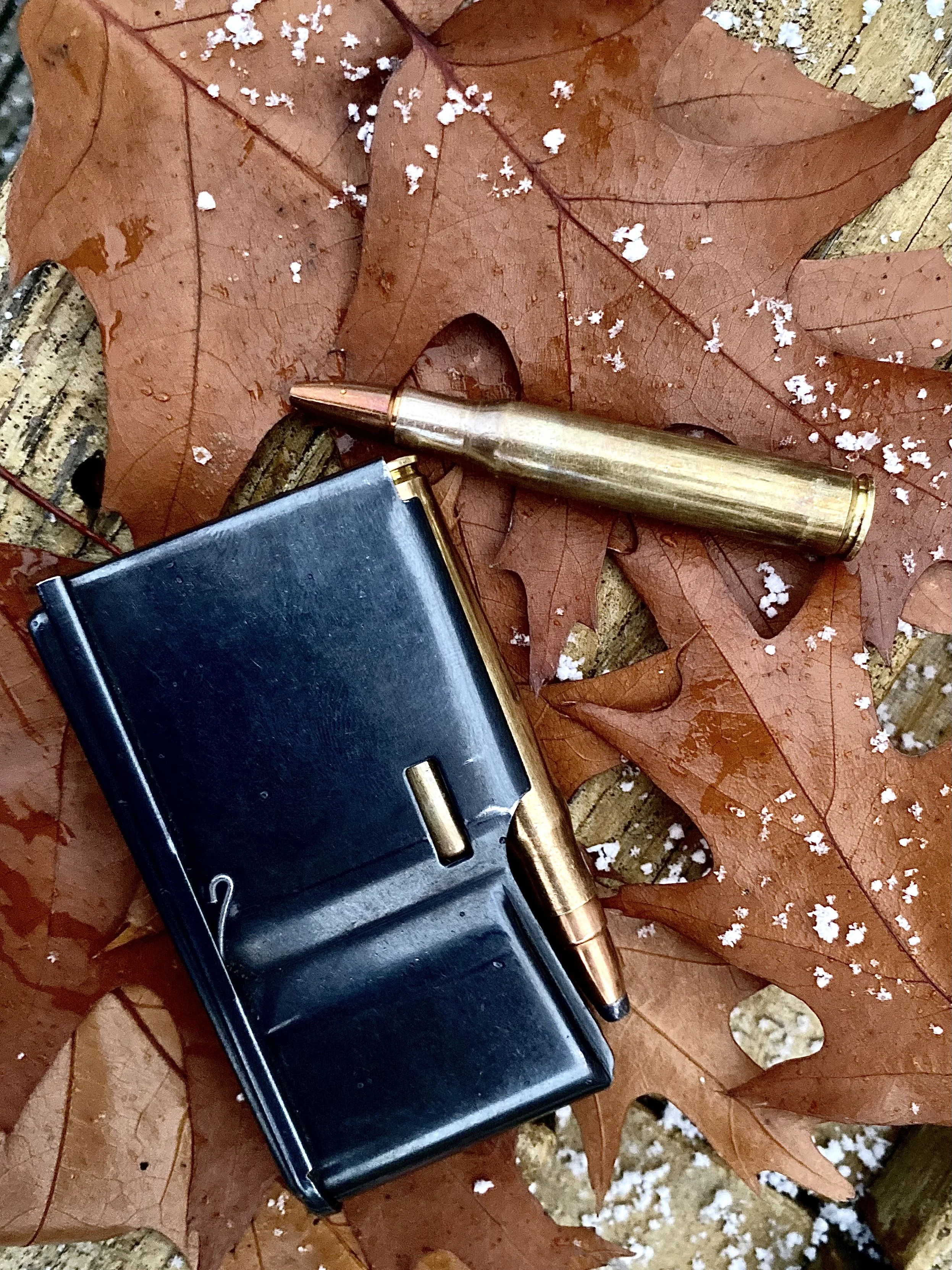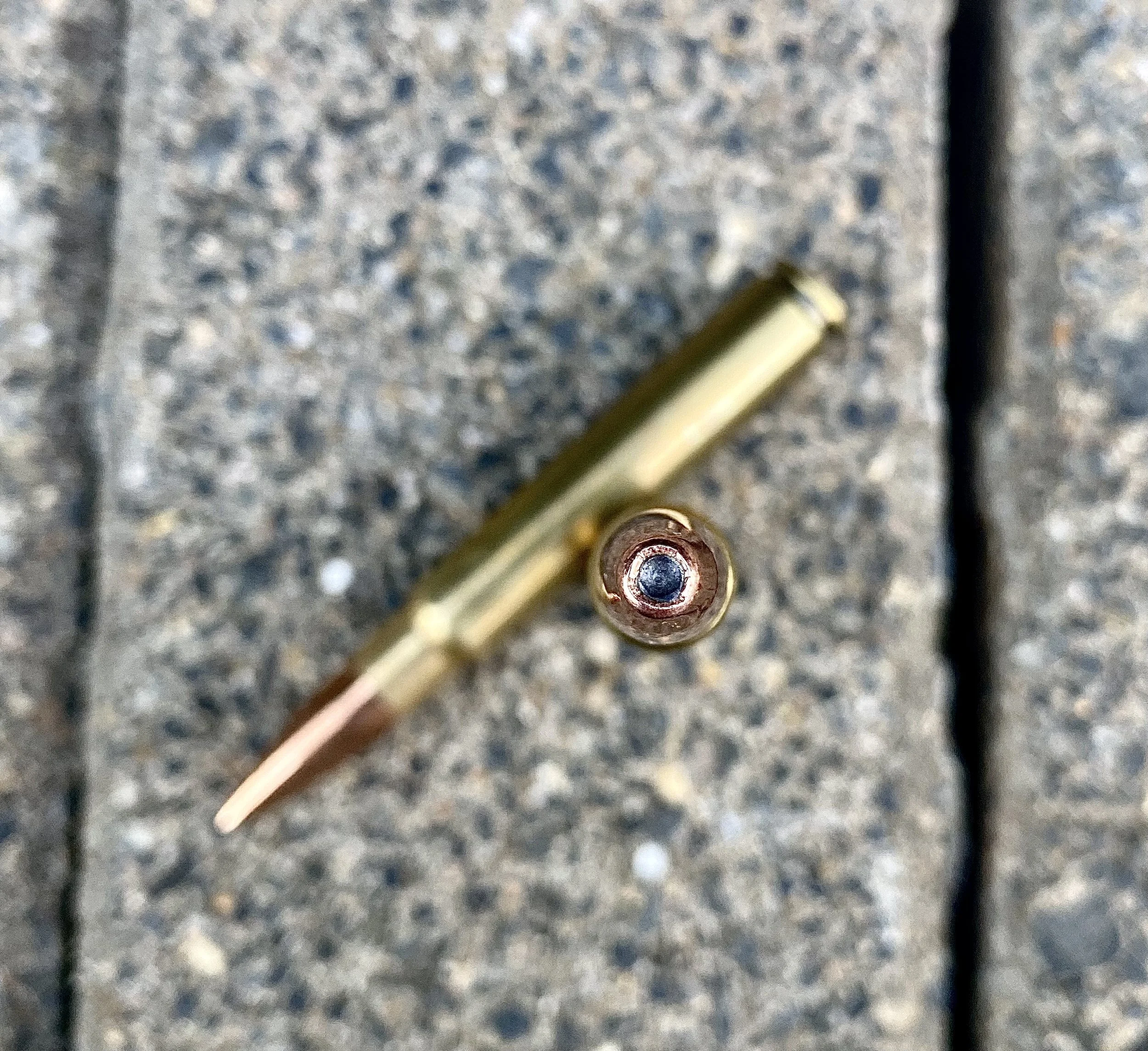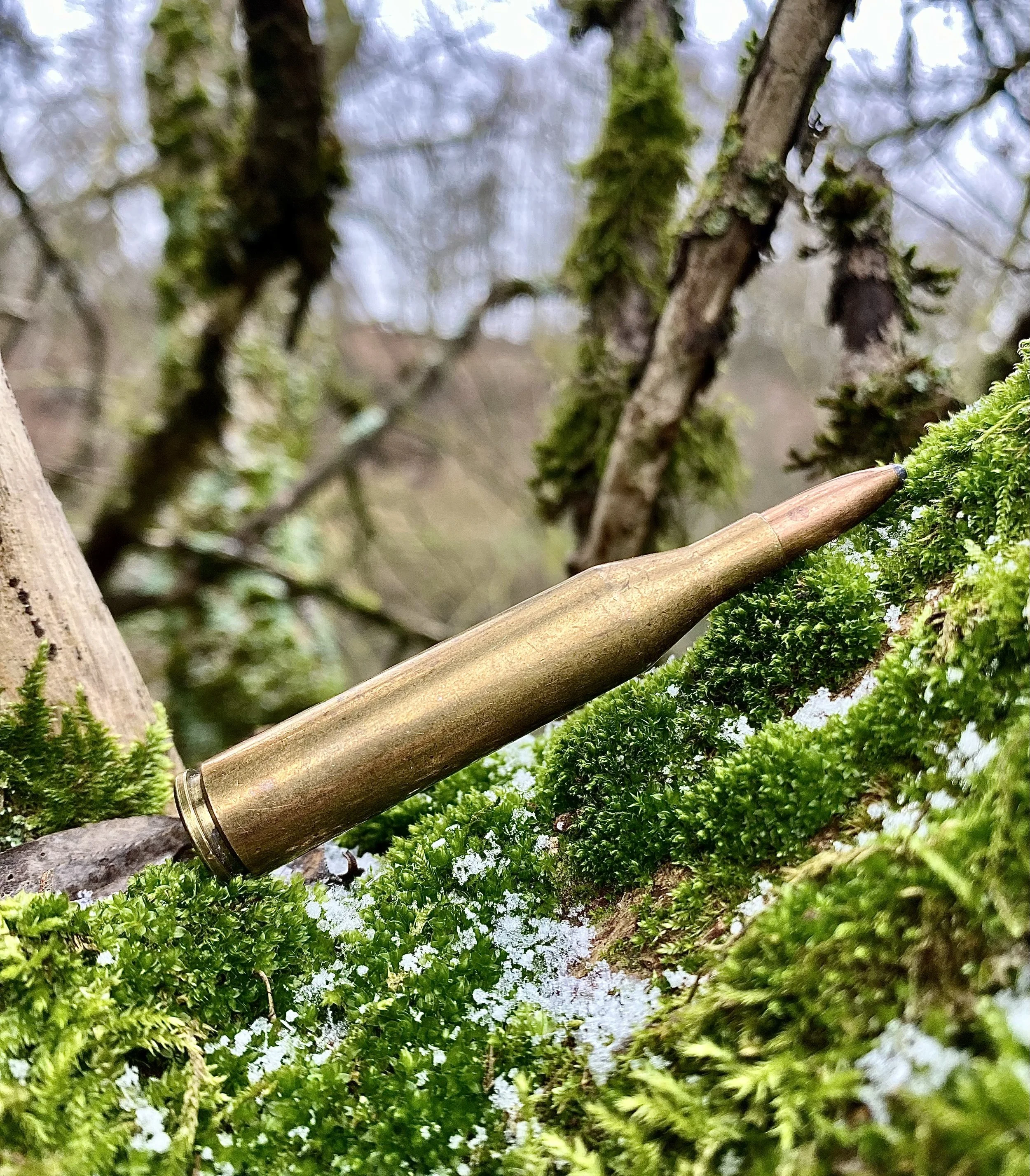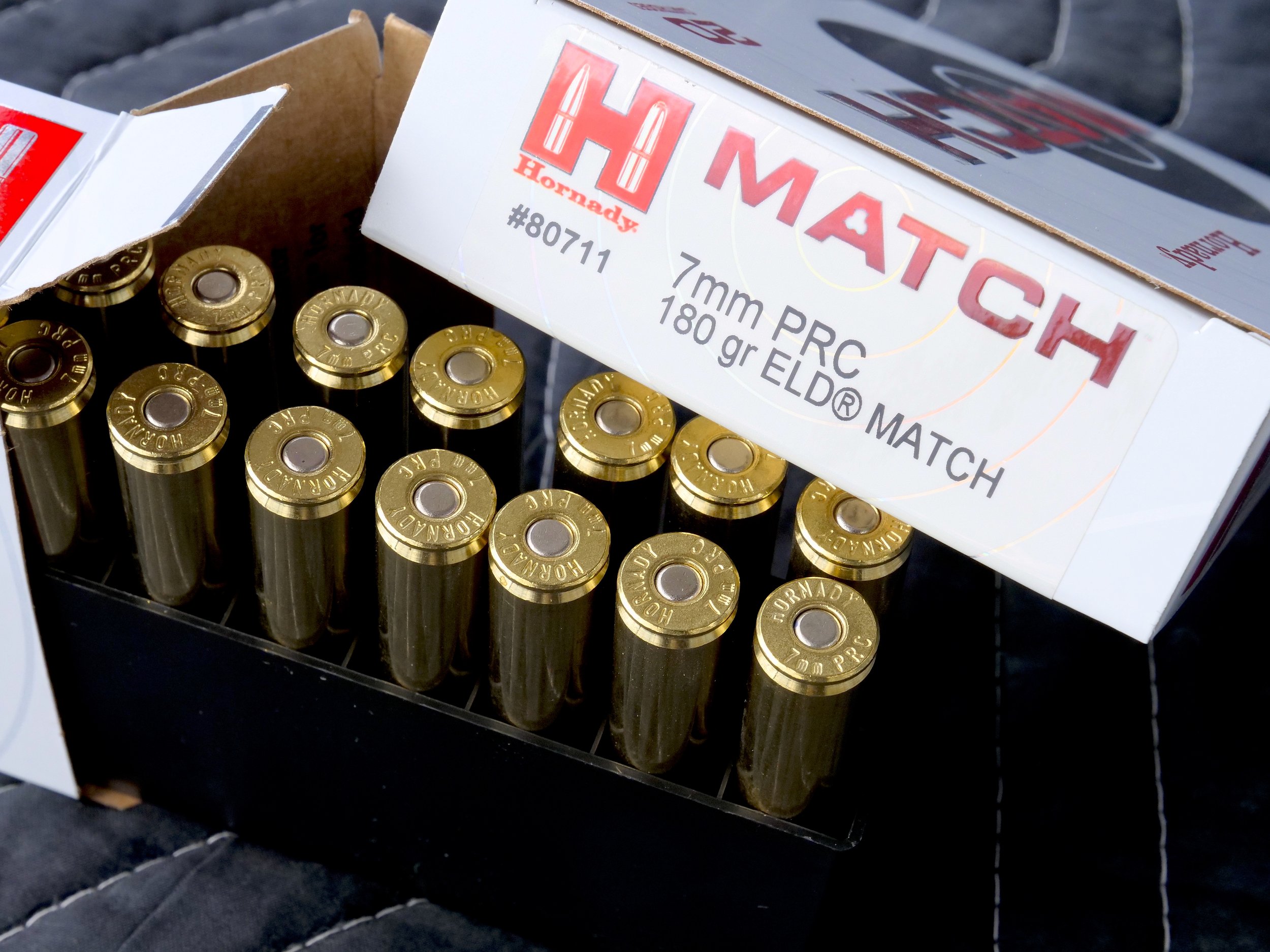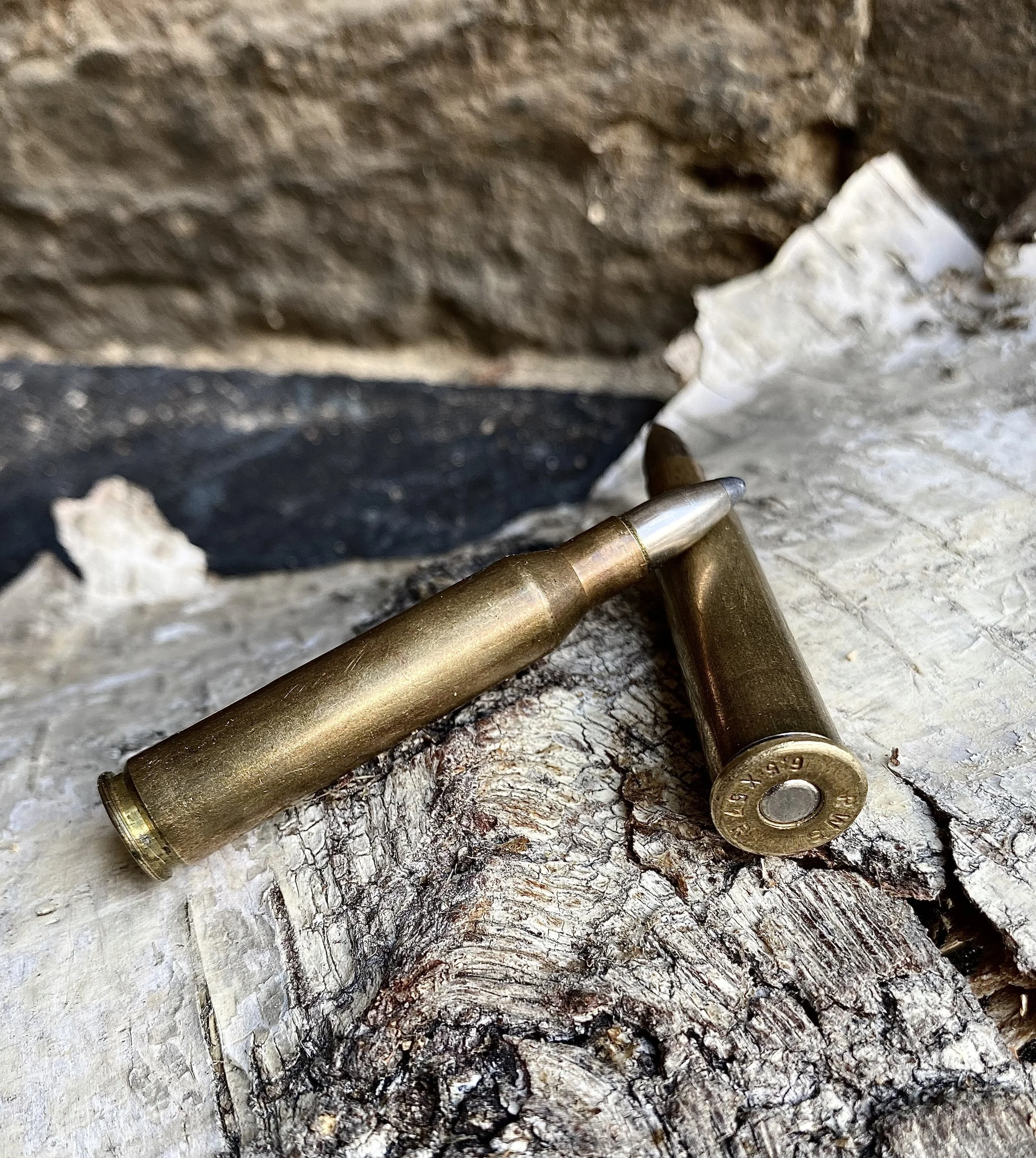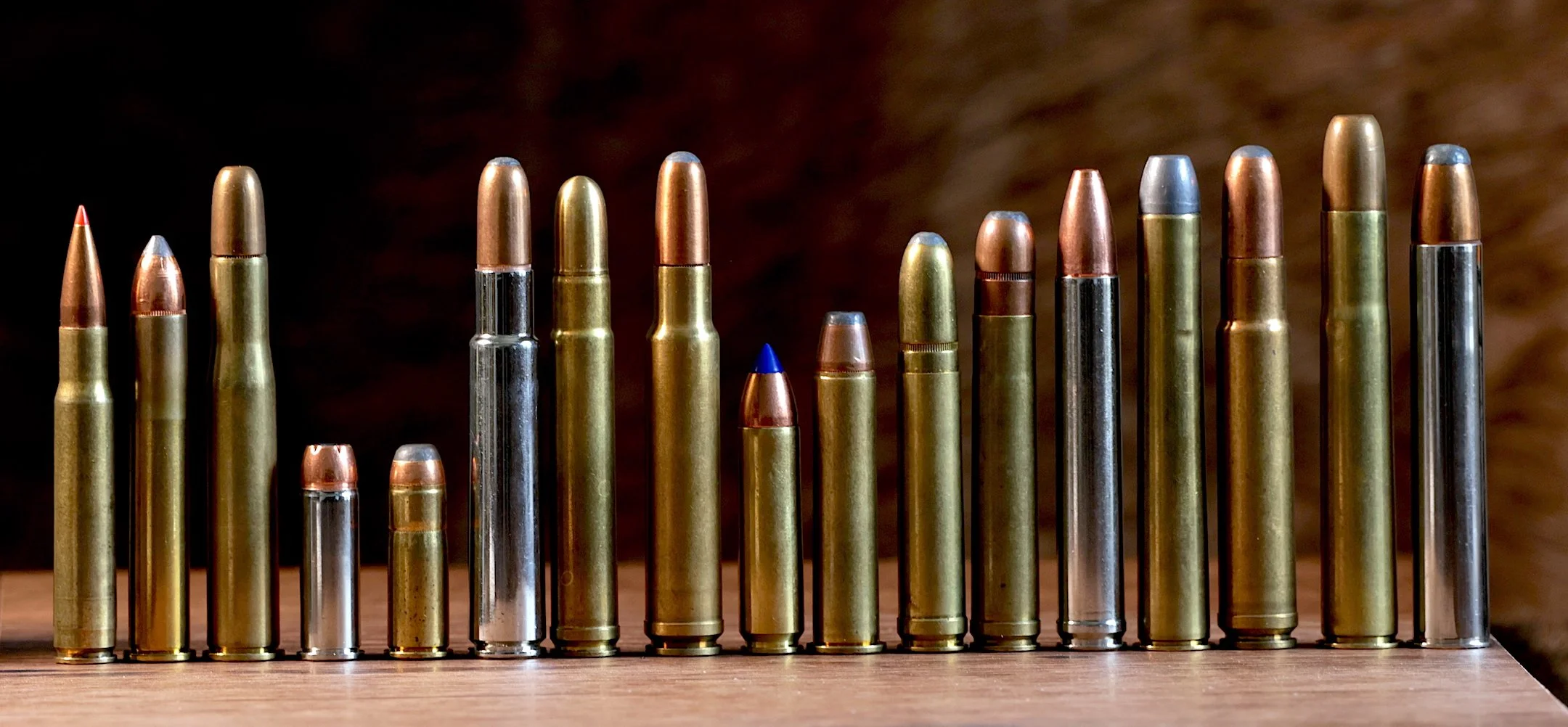Great Double Guns
A version of this article first appeared in Ducks Unlimited magazine.
Competitive sports produce famous players, icons like Babe Ruth, Red Grange, and Michael Jordan. Hunting, on the other hand, usually undertaken beyond viewing stands and TV cameras, tends to produce famous guns. Big game hunting has its Kentucky Long Rifle, Sharps Buffalo Rifle, and Model 70 Winchester. Waterfowling also lays claim to a collection of great guns, especially those developed after technological advances in the 19th century combined to make possible the mass production of dependable, durable shotguns.
Throughout the 1800s, gun designers worked on a variety of mechanical roadblocks, beginning with the ignition system. An exposed pan of priming powder ignited by a falling block of flint was less than ideal in a wet, windy duck blind. The discovery of the fulminate of mercury explosive cap early in the century alleviated most of that, but shooters still had to pour loose powder and shot down muzzles, rain or shine. Soon, however, someone tumbled to the idea of a self-contained, brass shell. When a cap (primer) was added to the center base of this shell, the modern shotshell was born. Not surprisingly, hidebound shooters were reluctant to switch from their proven, “safer” muzzleloaders to the suspect breech-loading system.
By about 1870, however, the rush to breechloaders was on. About this same time the internal hammer system did away with those distracting “rabbit ear” hammers hanging off either side of gun breeches and the modern double barrel was almost ready for prime time. Another critical cog that fell into place about 1870 was the perfection of choke boring, which doubled effective range from 25 to 50 yards. The Golden Age of shotgunning had begun.
REIGN OF THE DOUBLE BARRELS
From roughly 1880 to 1920, America was still rural, much of the West wilderness. Wetland ecosystems were largely intact, and ducks, geese, and shorebirds seemingly numberless. The demand for scatterguns was growing, and dozens of American manufacturers rose to meet it, refining side-by-side double barrels as they went. Only a handful would become icons. To this day serious shooters know the Parker, L.C. Smith, A.H. Fox, Lefever and Winchester Model 21 as the great waterfowling guns of a bygone era. These were great granddad's working tools—big, solid, long-barreled guns that reached to amazing heights to pull colorful wildfowl from autumn skies. Day after day, year after year they fired, durable as the American wilderness, rarely faltering. Many were employed by professional market hunters in an era when North America’s wetlands were undisturbed and waterfowl seemingly without end.
Today, used models in good condition sell for as much as or more than modern guns of like quality. Arguments have been made for each being the best gun made in America. Ever. Teddy Roosevelt credited the Fox, which he used on safari in Africa. Thousands of bankers, lawyers, and businessmen took the Parker to their bosoms, calling it “Jewel” and “Old Reliable.” The L.C. Smith, affectionately nicknamed “Elsie,” was equally admired. Jack O’Connor wrote that a banker friend of his grandfather’s owned a high-grade L.C. Smith and “didn’t think any more of that gun than he did his right arm.” Uncle Dan Lefever’s big gun was one of the smoothest opening doubles of its day. One was used to capture the Olympic trapshooting gold medal in 1912. Winchester’s Model 21 was the baby of the group, whelped, after a protracted labor, in 1930. Given the economics of the time, it should have died aborning, but wealthy investors coddled it and refined it until, by 1959, it remained the only one of the bunch still in production, possibly the best heavy waterfowling double ever built anywhere.
Of the five, the Fox may have been farthest ahead of its time. In 1923 Fox offered a Super Fox 12-gauge duck gun featuring overbored, highly polished barrels and extended forcing cones chambered for the then radical 3-inch shell. Both barrels were thicker than standard, choked to within an inch of their lives and mounted to an oversized frame, the better to absorb the pounding from those oversized shells. The Super Fox weighed about nine pounds and reportedly crunched ducks at 60, even 70 yards. Yes, the refined, hammerless, side-by-side shotgun was the ultimate fowling gun in the late 1800s, the most durable, solid, trustworthy and fastest to load, but it was to fall from favor faster than anyone could have imagined as the machine-age roared forward.
SLIDING INTO FIRST PLACE
Firepower was a big concern when bag limits were nonexistent and many a shooter earned his daily bread by selling wildfowl. If breech-loading doubles had made firing at individual flying birds effective, John Moses Browning’s slide-action repeater made it deadly efficient. The first commercially successful pump shotgun was the 1882 Spencer, but it never captured a broad audience. Neither did Browning’s first effort, the Winchester Model 1893, but an improved version, the Winchester Model 97, did. Trim, balanced, fast and reliable, it turned the tide toward repeaters. Its external hammer was comforting to shooters familiar with hammers on single-shot and lever-action rifles. Its cost was comforting, too. When double guns were selling for $38, a Model 97 could be had for $18. You could push four shells into its tube magazine, secure another in the chamber, and bring down five ducks as fast as you could shoot and pump. It was a marvel of efficiency, so much so that conservative sportsmen railed against it. Not until the drought-induced duck decline of the “dirty thirties” did anyone listen, and Congress passed the three-shelllimit, a compromise that saved the repeater from oblivion.
Double barrel shotguns
Meantime, country bumpkins from Connecticut to California flocked to the pump, and competing gun manufacturers rushed out their own versions of the slide repeater. None matched the popularity of the M97 (more than 1 million sold), until Winchester came out with its even more famous Model 1912, eventually christened The Perfect Repeater. This was a side-eject, concealed-hammer shotgun with a trigger-plate assembly that dropped out through the bottom of the frame for easy cleaning. The threaded barrel/magazine unit fastened to the receiver with a simple twist for convenient takedown. Initially built only in 20-gauge, the Model 12 didn’t become a 12-gauge until 1914. It reigned supreme until the mid-1960s, by which time more than 2 million had been sold, and the gun was becoming too expensive to build.
After innovations during WWII streamlined old-fashioned manufacturing techniques, Remington saw the future, and the future was the Model 870 pump, a simple, dependable design that could be built with minimal hand labor. Its barrel merely slipped into the receiver. Hunters could switch from open-choked, short barrels for quail to long, full-choked tubes for ducks in seconds. A knurled cap over the magazine tube held the barrel in position. The trigger unit hung inside the frame by drift pins, minimizing machining. The bolt locked into the barrel, and twin action arms made cycling straight and dependable. America had a new, favorite pump gun, but its future was already being challenged by an even more mechanized device, the autoloader.
TAKING OVER AUTOMATICALLY
Given America’s growing love affair with machines of all sorts at the dawn of the 20th century, it should surprise no one that our most inventive gun maker, J.M. Browning, patented the first autoloading shotgun in 1900, adapting many parts and principles from his pump guns. After a squabble with Winchester over royalty payments, he sealed a deal with Fabrique Nationale (FN) in Belgium, which produced the first Browning Auto 5 in 1903. Remington manufactured the same design as the Remington Model 11 Automatic, beginning in 1905 and continuing through 1948, selling some 300,000 copies. The Belgian Browning version, perceived as higher quality, proved so popular that about 2,750,000 were made through 1976, at which time production was moved to Japan, where it continued until 2000.
Many shooters, reluctant to trust reloading to an automatic device, shied from the A-5, thinking it too delicate for waterfowling, but bolder shooters happily dragged it through the worst Mother Nature could throw, and it just kept on dropping ducks, winning converts as it did. Following the success of gas-operated autoloading rifles in WWII, gun makers began designing lighter-recoiling gas-propelled semiautomatic shotguns, hoping to strike a chord with hunters. Remington finally did with its Model 1100 in 1963, though it was only offered with 2 ¾-inch chambers. Heeding the hue and cry from 1100 lovers, Remington finally introduced a 3-inch model 11-87 in 1987, then a 10-gauge version the following year. Both the M1100 and M11-87 are part of a crowded field of what are now the most popular shotguns in American duck and goose blinds. Almost everyone who manufactures shotguns builds a gas-operated autoloader, any one of which could become a waterfowling classic.
ALL OVER AND UNDER IT
After the successes of his slide and semiautomatic gun designs, J.M. Browning wasn’t quite ready to bow out. He had one more trick up his sleeve, one that popularized a whole new category of guns – over-and-under double-barrels. Sensitive to the rising criticism of excessive firepower in repeating guns, Browning guessed they might be legislated out of existence. He prepared for that eventuality by patenting his Superposed, boxlock-action shotgun in 1923. The first models, made by F.N. in Belgium, hit dealer shelves in 1930. Stacked-barrel double guns had been built before, but none achieved more than novelty status. Perhaps the success of single-barrel repeaters set the stage for the success of the Superposed. Shooters had become accustomed to the cleaner plane of the single barrel and found side-by-side tubes too distracting. Certainly skeet and trap shooters scored better with the new over-under, and their influence spilled over to the hunting fields.
By the 1970s, side-by-sides were ancient history and over-unders were all the rage. As an archetype, the Superposed is as good as they come. It is a strong, hefty, solidly built gun largely free from mechanical faults. Because most working parts are secure within the frame and stock, shooters have little to do but clean and lubricate from time to time. The 8-pound 12-gauge Magnum model tames recoil of big loads and maintains momentum for long shots at passing fowl. Selective ejectors make reloading quick and easy. With the Superposed, hunters were back to shooting gentlemen’s doubles in a racy new format. Today, the over-under double remains vastly more popular than side-by-sides and may challenge pump guns for second-place-standing in duck blinds. They, like autoloaders, are made by virtually every company that builds shotguns and show no sign of slowing down.
FUTURE CHAMPS
Thanks to habitat-saving efforts by Ducks Unlimited and enlightened waterfowlers, we may just save enough wetlands to permit duck and goose hunting far into the future. Should we be that fortunate, you can bet several of today’s outstanding shotguns will become the classics of tomorrow. It’ll be interesting to see which ones. Pick your favorites and hang onto them. Your great grandchildren might respect you the way you would a grandfather that had left you one of the great side-by-side doubles of the early 20th century. Great waterfowling guns never die, but they do become rare.






